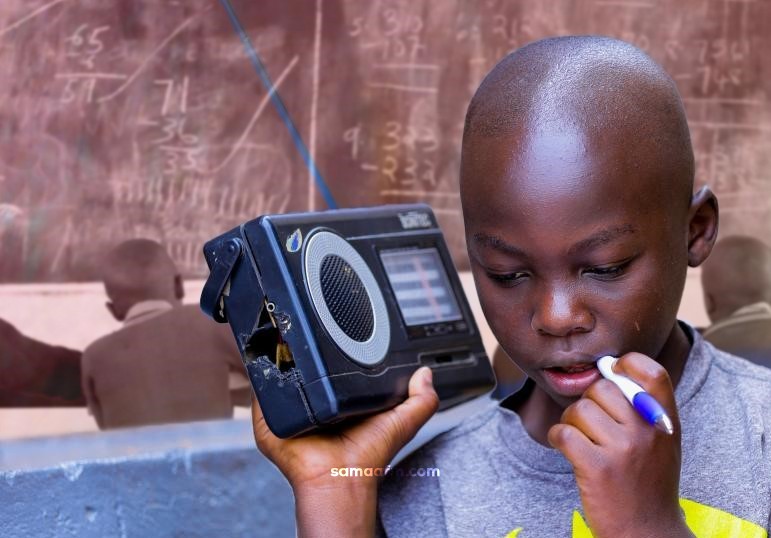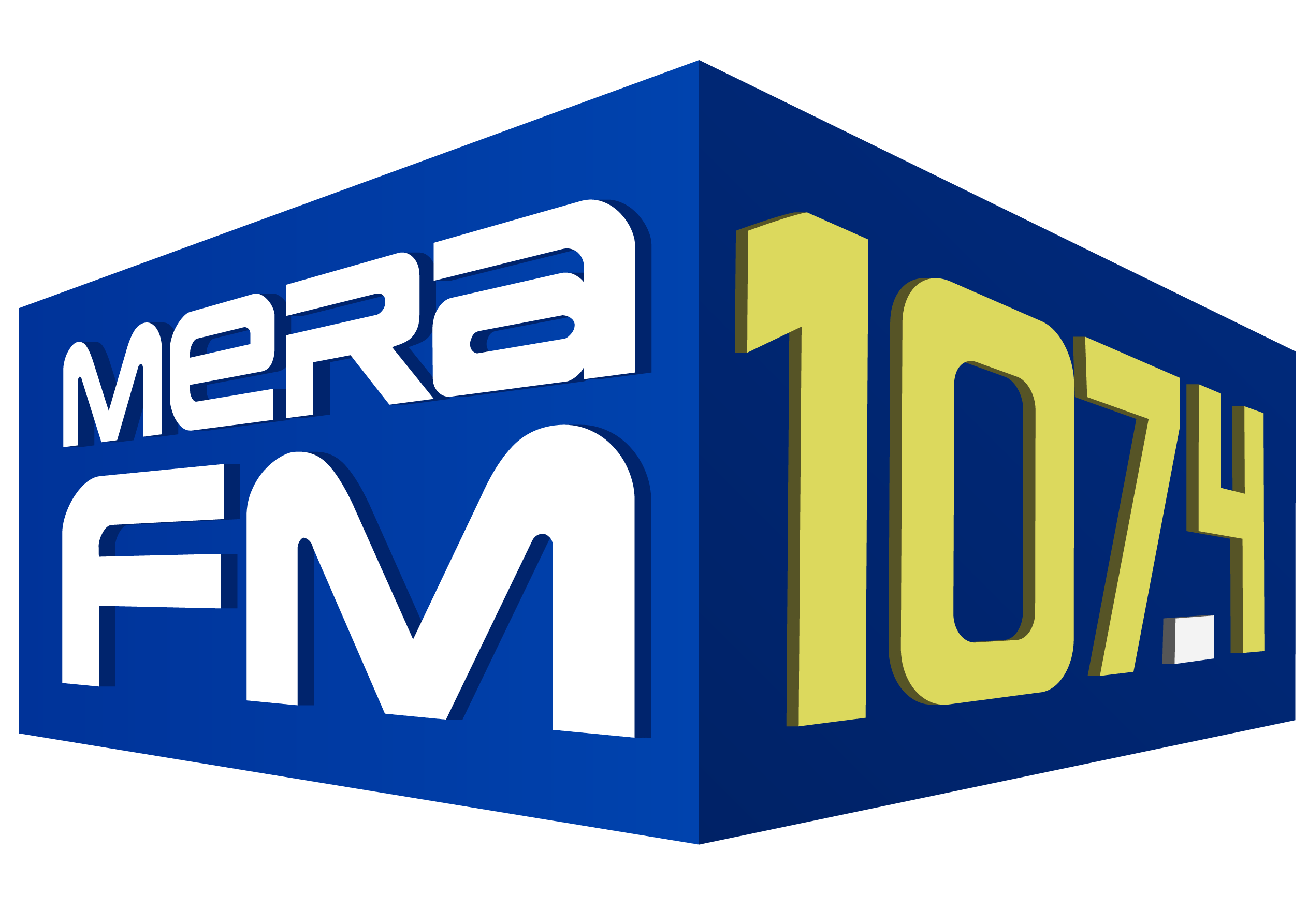
Solar Radios Keep Learning Going For Kenyan Students
Solar Radio
The sunlight-based solar-powered radio previously appeared during the 1950s. A test model, created by General Electric, weighed only 10 ounces and was fit for working without light and energizing. It contained seven sunlight-based cells, four semiconductors, and a little battery. In 1954, Western Electric started to sell business licenses solar-powered radios, including other photovoltaic advancements. In 1957 the Acopian Technical Co. of Pohatcong Township, New Jersey, was accounted for as assembling the principal sun-based radios for a business deal to the overall population. Solar-powered radios eliminate the need to replace batteries, which makes working them cost significantly less. Since they don’t need plugs, they can be utilized in territories where there is no electrical matrix or generators.
Kenyan Children Learning From Solar Radio
Deep in Tana River County, in Southeastern Kenya, a group of pupils formed a circle around their teacher, jotting down notes as they listened to a Swahili diction lesson coming from the solar radios sitting in their teacher’s lap.

The radio the youngsters from Dida Ade grade school assembled around was one of the hundreds circulated for nothing to the weakest family units in the semi-parched area east of Kenya’s capital, Nairobi. The radios permit youngsters without web access or power at home to keep contemplating while schools are shut to slow the spread of COVID-19, in a venture that could likewise help kids stay in instruction after the pandemic.
Funded by the Zizi Afrique Foundation, a Kenyan non-governmental organization that produces research to drive education policy, the solar-powered radios also come with bulbs for household lighting and slots for phone-charging. At the point when schools across Kenya shut in March to slow the spread of COVID-19, Zizi Afrique did a review in Tana Delta sub-region and found that a little more than one-fifth of family units claimed a radio and just 18% approached power. “We promptly realized something must be done to overcome any barrier,” said Sara Ruto, the main individual of the establishment’s quickened learning program.
The foundation has dispersed 1,660 sunlight based radios in Tana River and Turkana districts since the task dispatched in May. The Tana River stage has cost in excess of 18 million Kenyan shillings ($165,000) up until now, Ruto said. The sunlight based controlled radios require a day to completely charge, and after that, the battery can last as long as three days, she added. Zarah Abude, an 11-year-old student at Imani Primary School in Tana Delta sub-county, said the solar lights were an improvement on studying by the light of a fireplace or kerosene lamps, which can fill a house with smoke and toxic fumes.
Each year, nearly 4 million people die from illnesses linked to indoor air pollution caused by the use of polluting fuels, according to the World Health Organization.
“We used to light firewood at night, or when there is enough kerosene in our home, we would light the tiny metal lamps to help us conduct our studies,” Abude said.
“Now, at least, we have these solar lamps that are clean and produce more light.”
Most vulnerable homes
James Nyagah, Tana River County’s overseer of training, said the task was particularly significant after the public authority’s goal-oriented activity to get tablets into schools end up being of little assistance during the pandemic. The public authority had disseminated almost 1.2 million tablets to grade schools around Kenya in stage one of its Digital Learning Project, dispatched in 2016. Be that as it may, when schools shut their entryways recently, the tablets were locked inside them. “Most teachers are not locals, so when schools closed, the teachers went away with the keys,” said Nyagah, noting that pupils were not allowed to take the tablets home. He further added that “The radio project will go a long way in mitigating that challenge.”
Douglas Mainga, Regional director of the Tana Delta Teachers Service Commission, which utilizes government educators, said head instructors worked with Zizi Afrique to distinguish students from the least fortunate homes who needed the solar radios most. Those families each got a radio and students from neighboring homes can gather there to tune in to instructive projects, either all alone or with an instructor. Zizi Afrique reached nearby FM radio broadcast Amani, whose teachers agreed to peruse arranged exercises from Kenya’s public educational plan over the air, Ruto said.
During the week, the station broadcasts exercises in English and Swahili, and on Saturdays, exercises are broadcasted in Swahili just for students who are not familiar with English, she clarified. Zizi Afrique intends to extend the circulation of sun-powered radios to eight extra regions, even after schools reopen in January, she added. “We are also willing to share the idea across the continent with other development organizations and governments, to ensure pupils in far-flung areas have access to a quality education,” Ruto told the Thomson Reuters Foundation.
This will definitely create a ray of hope for the people who don’t have access to school still can be able to learn much more from just Solar Powered Radio!
READ MORE: HERE IS WHAT YOU NEED TO KNOW ABOUT THE ANTITRUST LAWSUIT AGAINST FACEBOOK!




